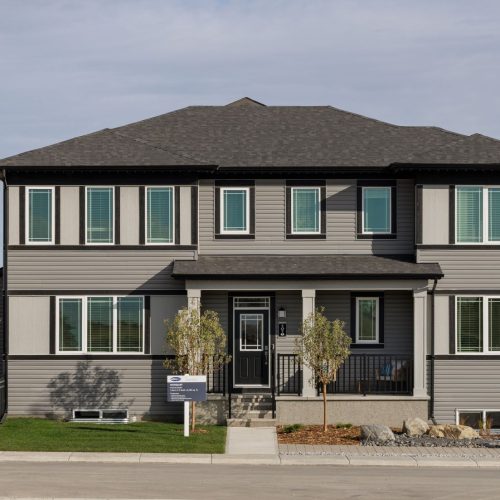Gardening anywhere in the prairies or foothills can certainly be challenging, but we keep growing.
Southern Alberta’s winds, chinooks and drought conditions add another layer of difficulty to this ever-growing lifestyle. Check out these top ten garden tips to get you headed in the right direction for growing success!
- One of the key factors to gardening success is understanding your local growing zone. Most areas in the lower half of our province are classified simply as Zone 3 or Zone 4, which means a plant can survive temperatures as low as -37° Consider also that there may be other factors that may impact a plant’s survivability, including the amount of moisture (rain or snow), extreme temperature fluctuations, and strong winds, to name a few.
- Knowing the growing parameters of your yard is also important. Observe your space to understand where your sun or shade areas are. Pay attention to low areas for excess moisture and higher, exposed areas that may dry out. Know where the winds blow through and where there are protected corners.
- Supply a healthy soil foundation for your garden. Create new beds with a ready-made garden mix. Add organic materials such as compost, peat moss, worm castings or SeaSoil to existing beds. These additions will help improve water-holding ability and drainage, as well as add nutrients and natural microbes to our natural clay and alkaline soils.
- Choose plants appropriate to your growing zone and growing parameters. Want to keep it simple to get you started? Add easy-to-grow Zone 3 perennials, shrubs and trees. Choose plants that love the sun for your sunny areas and plants that love the shade for shady areas. Want to be a little more adventurous? Push the growing limits to Zone 4 or even Zone 5 plants by providing extra care — improved soil, mulch and microclimates (those protected corners of your yard).
- Plant trees to create structures in your yard. They can create the framework or the bones of your yard. Understand how big they can grow when deciding where to plant them. Many trees get removed because they were planted too close to buildings, walkways and neighbours’ fences.
- Create layers in your garden with annuals (lasts for one season, but offer big colour), perennials (go dormant in winter and grow back each year from the ground) and shrubs. It is also important to pay attention to how big these plants grow when deciding placement.
- Plant appropriately and water new plants in the well. Focus on consistent and regular watering for containers and raised beds. For lawns and garden beds, water deeply and less frequently to encourage deep root growth to better withstand hot, dry summer weather.
- Extend your growing season by starting seeds in early spring, planting up seasonal containers (spring, summer and fall), and growing herbs and houseplants indoors.
- Consider the inclusion of trees, shrubs and perennials that offer visual appeal throughout the winter season. Opt for plants with distinctive features such as intriguing bark, well-defined branching structures, coloured stems or enduring fruit. Evergreens, with their perpetual foliage, are an obvious choice to naturally enhance your winter landscape.
- Mulch, mulch, mulch! Adding mulch can help improve the soil as it breaks down (organic mulch), keeps soil at more-even temperatures, and helps with moisture loss and weed control.
Savour each day you spend in your yard and garden. While setbacks in growth can be disheartening, the rewards are truly significant. Begin with modest endeavours, exploring the joy of cultivation and learning.
Olivia Johns is a horticulturalist with Blue Grass Nursery and Garden Centre





